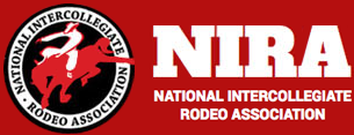
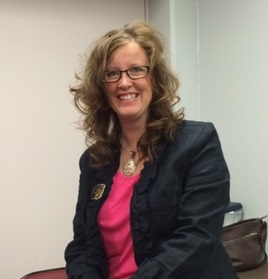
Sports Destination Management: Rodeo is growing in popularity on the event level. Are you seeing that growth in the college events?
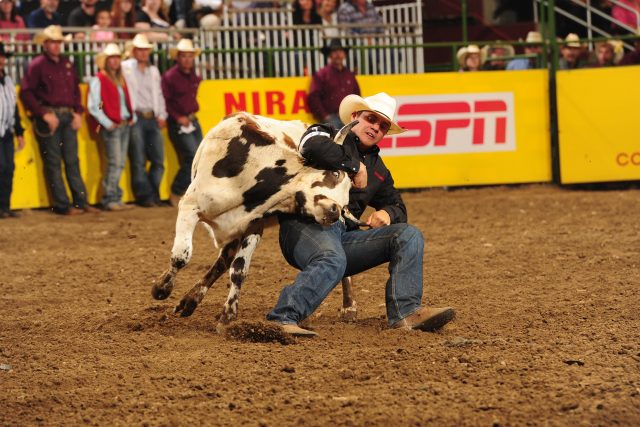
SDM: Do colleges have to be members for students to participate?
Neely: No, we have some independent students who compete from non-member schools.
SDM: The season runs throughout the school year.
Neely: Yes; we divide it into a fall season and a spring season, though. We have 10 large events: usually five rodeos in the fall and five in the spring.
SDM: In collegiate equestrian competition, students use horses at other schools. Is that the case in college rodeo?
Neely: No, in college rodeo, they are generally using their own animals – unless they’re leasing them. Each time there is a rodeo, the students are responsible for loading their animals into stock trailers and going to the event.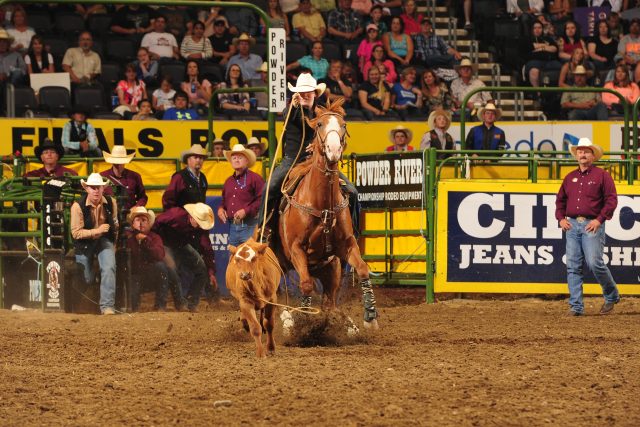
SDM: Are students competing for money and prizes?
Neely: They are competing for saddles and buckles, as well as traditional college titles – plus, there are scholarship awards attached to wins.
Editor’s note: NIRA has a list of its 11 geographic regions as well as their up-to-date competitive standings here.
SDM: Geographically, where is the concentration of member schools?
Neely: A lot of it is western and Midwestern-centered. Around Mississippi is where we drop off. We do have kids from the East who participate in rodeo, but the Ozark region is about as far as our school membership really goes.
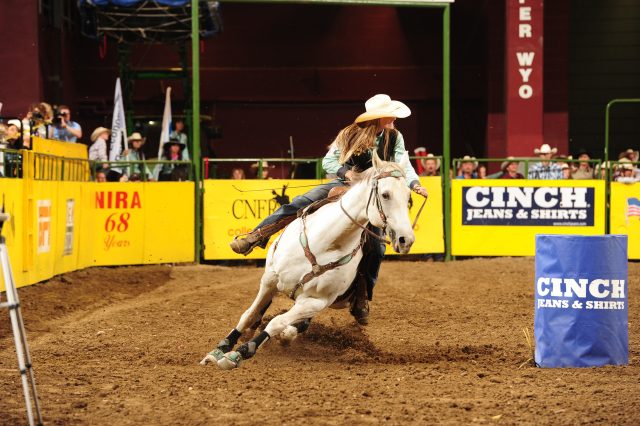 SDM: Equestrian has been working to maintain its status as an emerging sport for women. Is NIRA at all affiliated with NCAA?
SDM: Equestrian has been working to maintain its status as an emerging sport for women. Is NIRA at all affiliated with NCAA?
Neely: No, NIRA is the sanctioning body for the sport of college rodeo, similar to the structure of the NCAA. We have been doing that since 1949. And we know that other horse sports like equestrian are struggling, so we are surprised and happy to see growth at this level.
SDM: What is the breakdown like between male and female participation?
Neely: It’s fairly equally divided between men and women. I’d say it’s about 60 percent male and 40 percent female.
SDM: Are the competitive events co-ed?
Neely: Team roping is a co-ed event.
Editor’s Note: College rodeo recognizes Saddle Bronc Riding, Bareback Riding, Bull Riding, Tie Down Roping, Steer Wrestling, Team Roping, Barrel Racing, Breakaway Roping and Goat Tying. There are Team competitions as well as All-Around (individual).
SDM: The College National Finals Rodeo have been held successfully in Casper, Wyoming but a lot of events lead up to that. Do schools generally host some of those events on campus?
Neely: Our schools will host their individual rodeos. Sometimes, they use their own facilities and sometimes, they’ll work with CVBs or sports commissions. Many schools have arrangements with facilities in their area.
SDM: Is it necessary to have event insurance in order to stage a college rodeo?
Neely: NIRA offers students a supplementary insurance program for competitions. When we sanction an event, the school (rodeo producer) provides a certificate of insurance to us or they can buy one through our insurance partner. They need to provide proof of insurance in order to have something sanctioned.
SDM: Do students who participate in college rodeo ever go on to pro careers in the sport?
Neely: Oh, definitely. I would say about 80 to 95 percent of the athletes competing at the Professional Rodeo Cowboys Rodeo Association’s (PRCA – the professional sanctioning body) National Finals Rodeo have participated in college rodeo.
SDM: What are the college students like who are rodeo participants? Is there any profile they fit into?
Neely: Surprisingly, we see a huge variety of students across the board. A very large chunk are going to be majoring in agricultural science or crop science or animal science majors, but overall it’s a pretty diverse group of kids. We get a lot of graduate students as well as students who are studying law and medicine, even dental hygiene.
SDM: Does NIRA track academic progress?
Neely: Definitely. We believe education comes first. Students have to provide official transcripts and I feel like our standards are pretty tough. Our rules are you have to be a two-semester student with a course load of 12 academic hours per semester, and you have to show forward progress through the system with at least a 2.0 average. We check eligibility every quarter.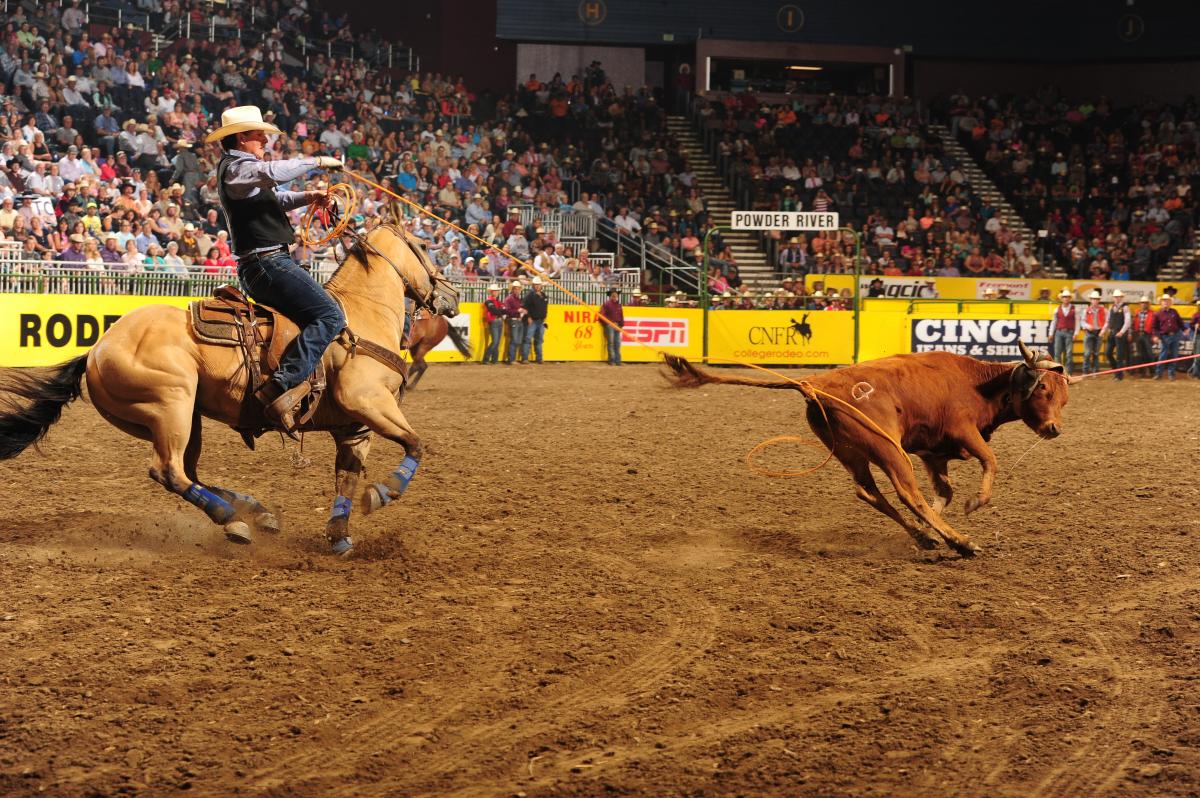
SDM: You sound like you’re proud of the students in college rodeo.
Neely: I’m biased but honestly, they’re pretty fantastic. If you were to do an interview with them, you would hear them all say the people in this sport are like a family. It sounds like cliché but it’s the truth. They’re very rooted in grassroots values, and they’re really good, kind people. I think they’re the cream of the crop. They’re very dedicated to the sport and we like to think the rodeo piece is what gets many of them through college.
SDM: The organization has a really long and interesting history.
Neely: And we’re really proud of that history. We started in 1949 with some war-torn cowboys who went to college on the GI Bill and decided to start their own organization. It evolved over the last 67 years to become what is truly a collegiate athletic program on 125 campuses.

